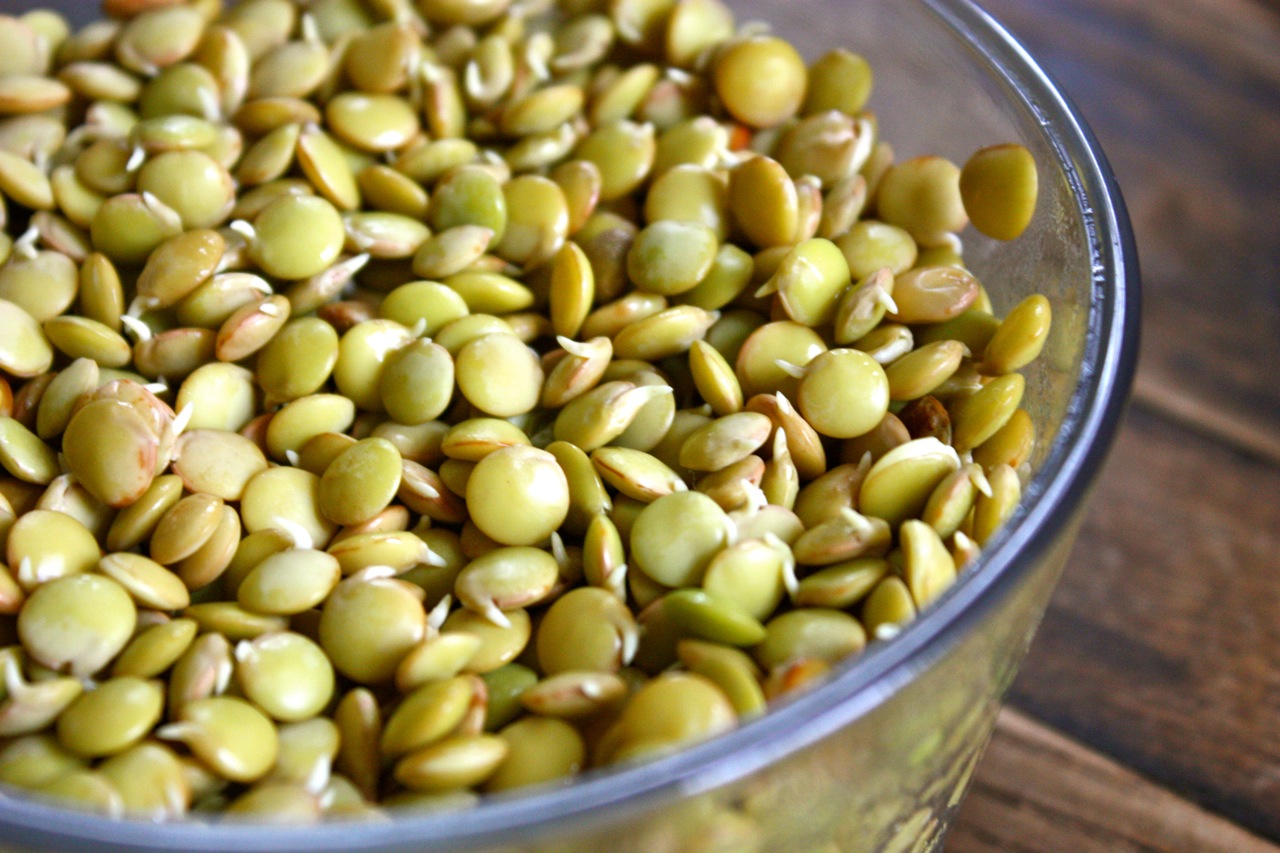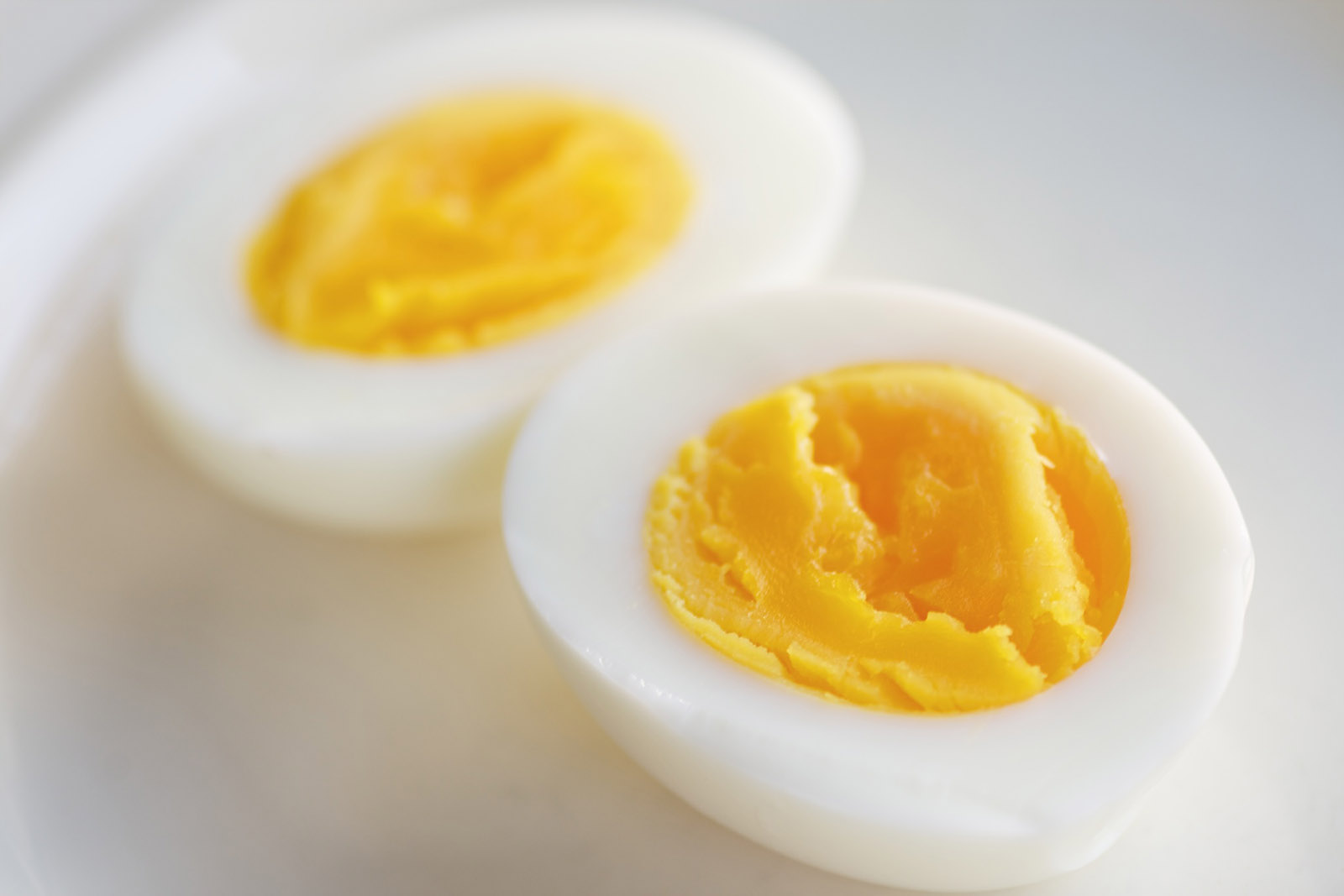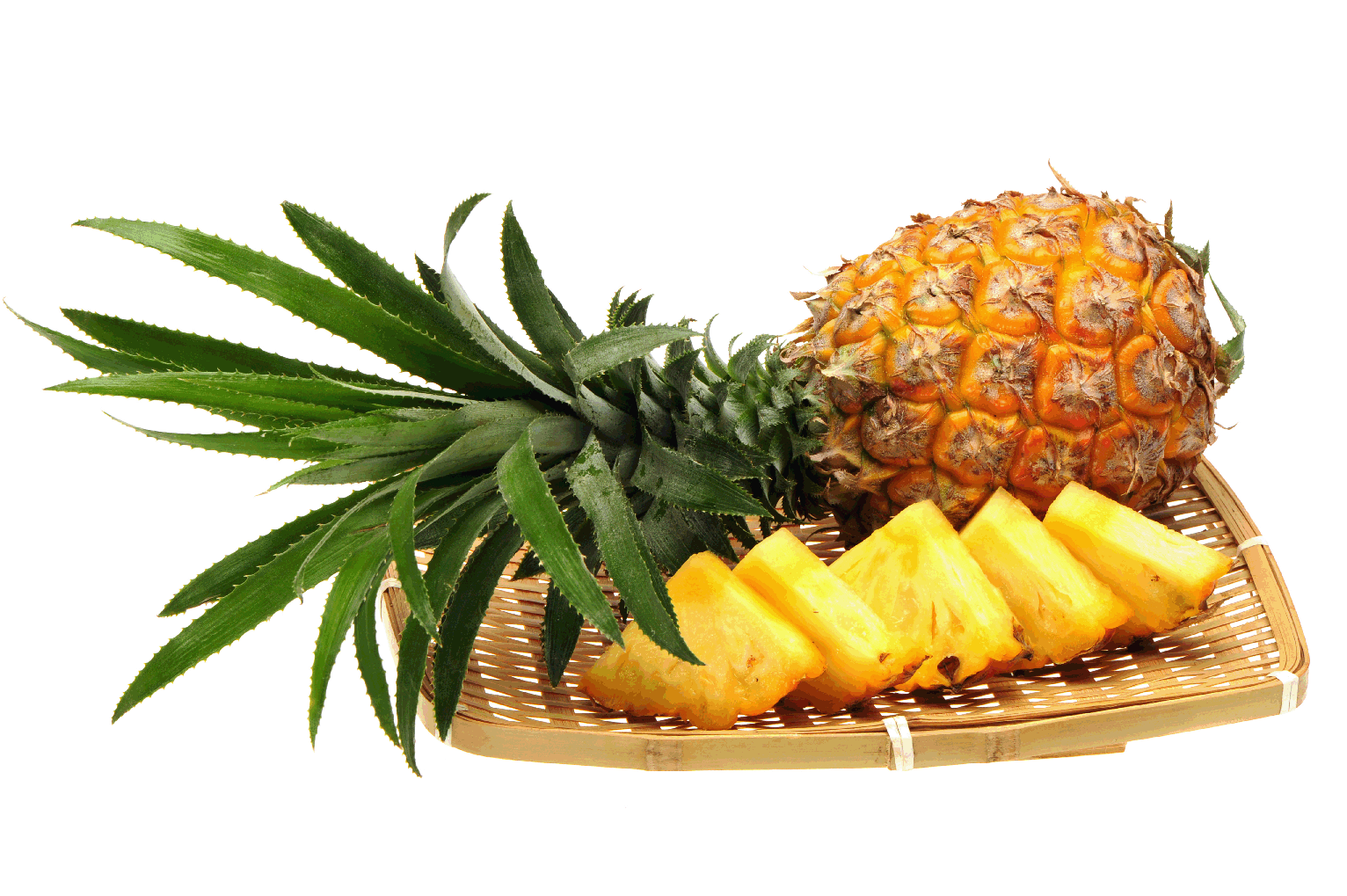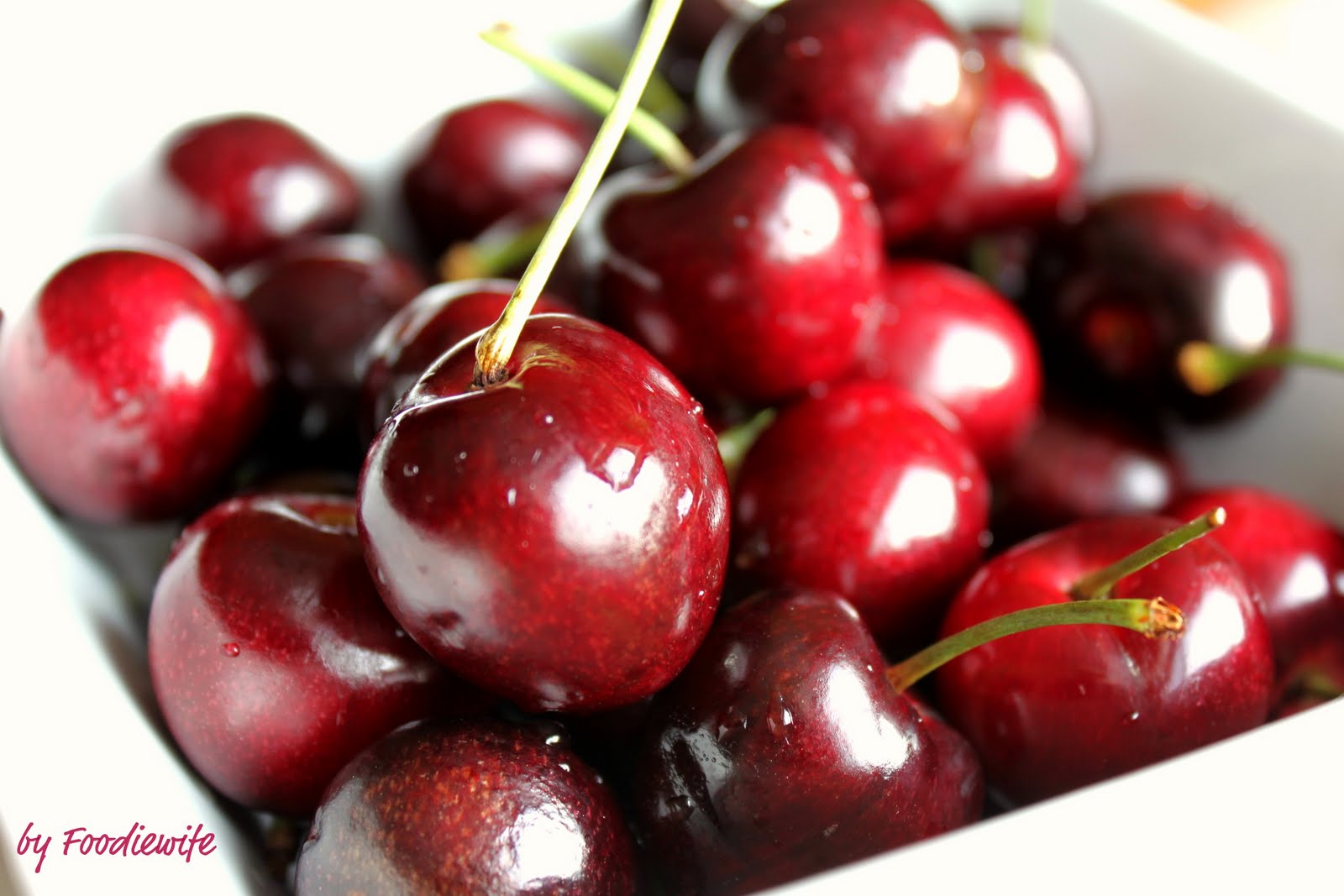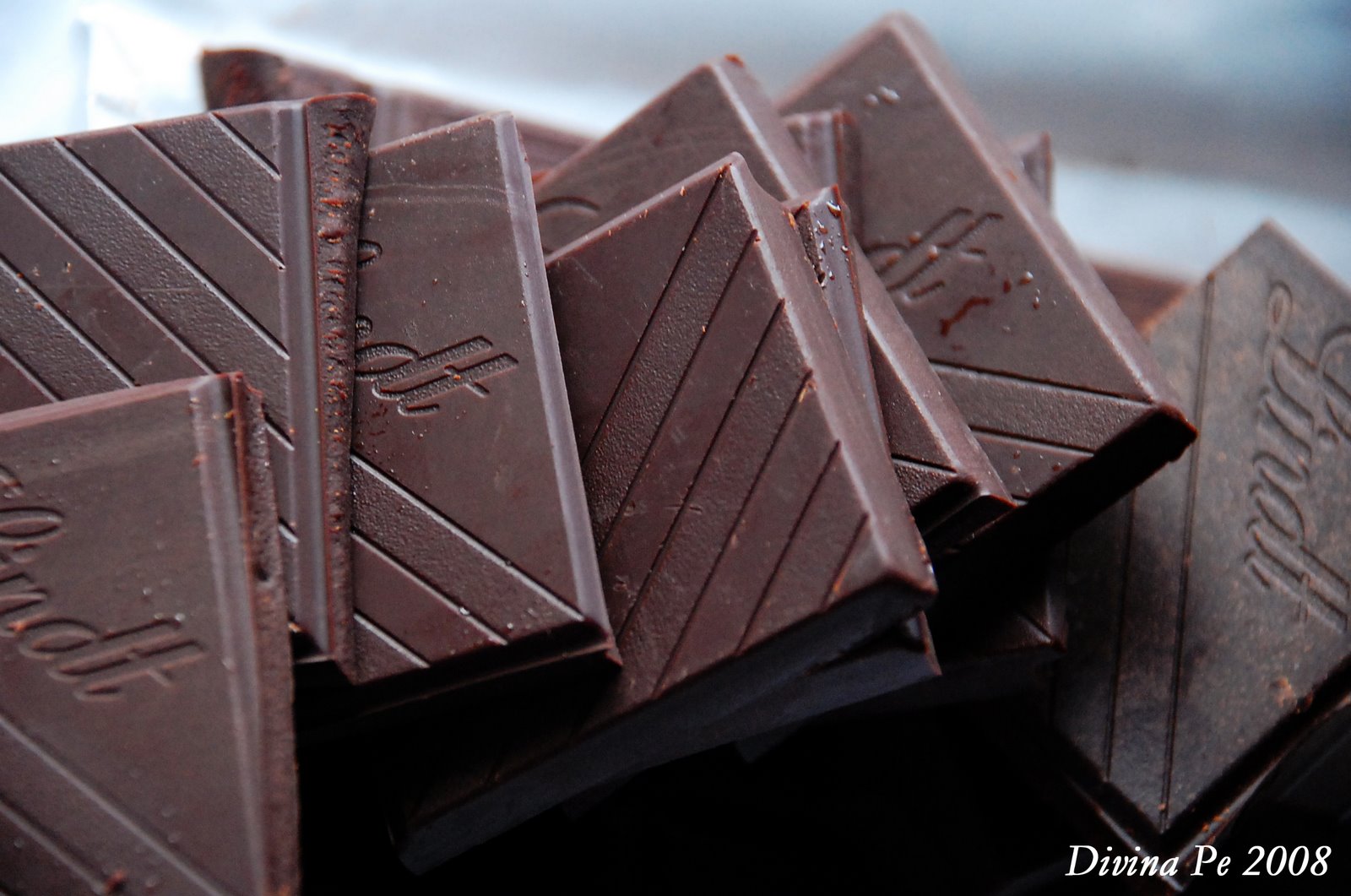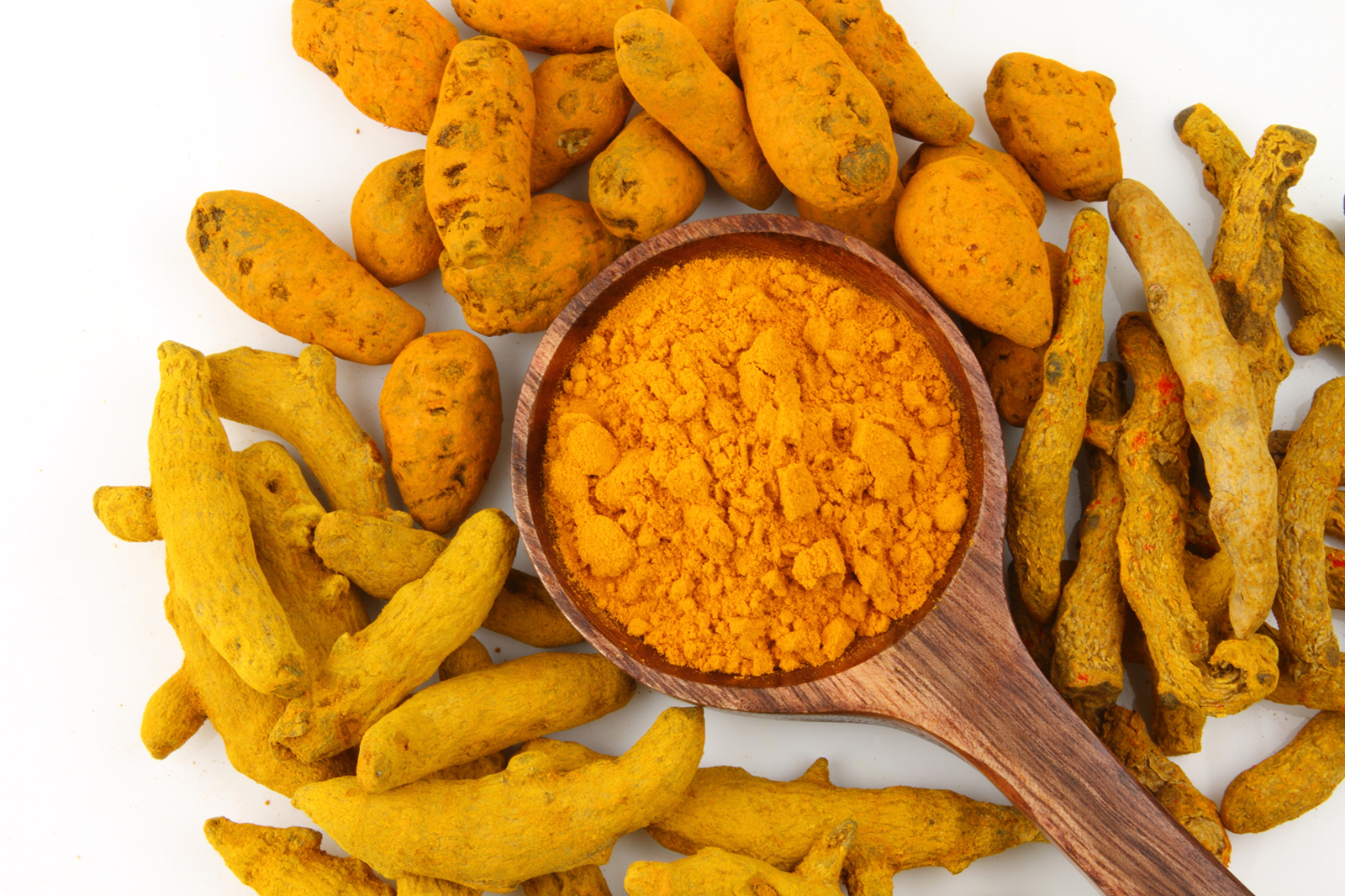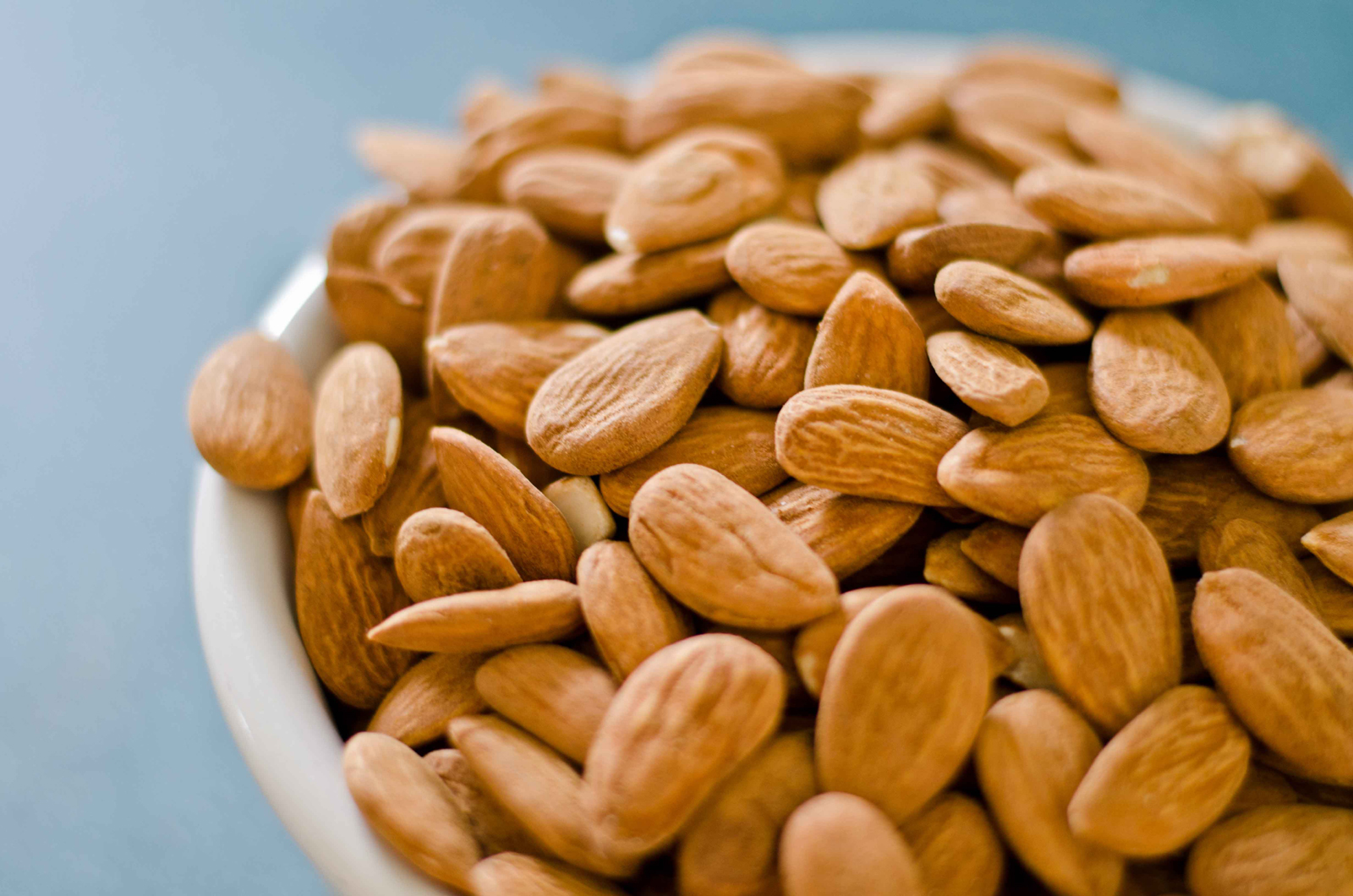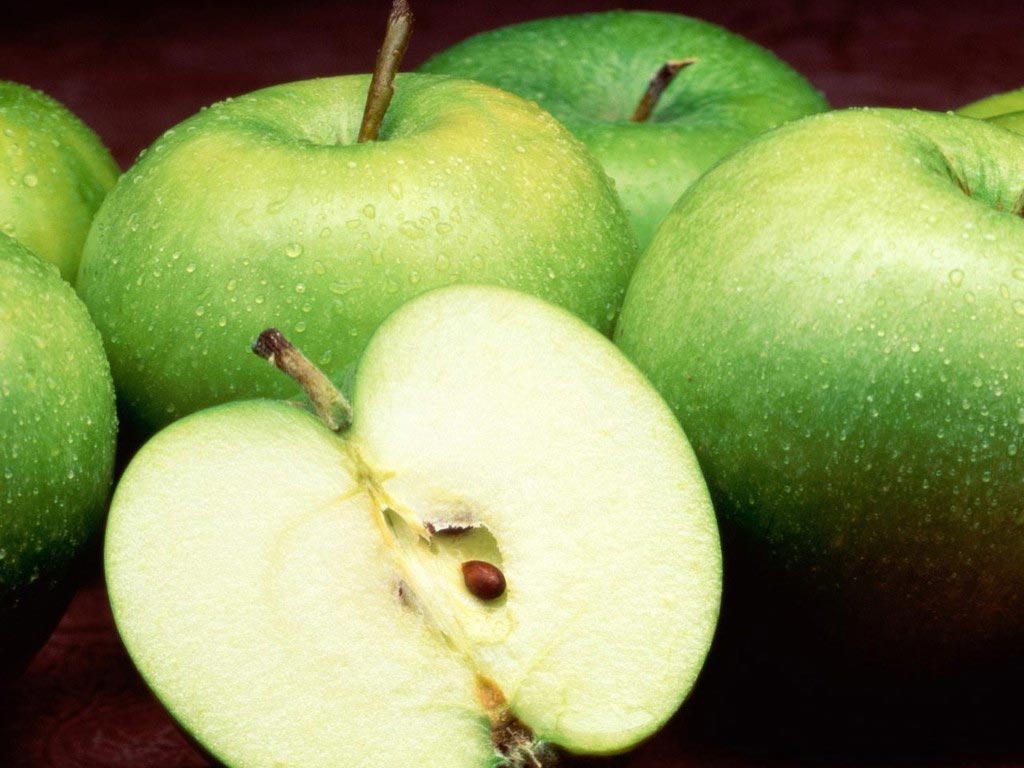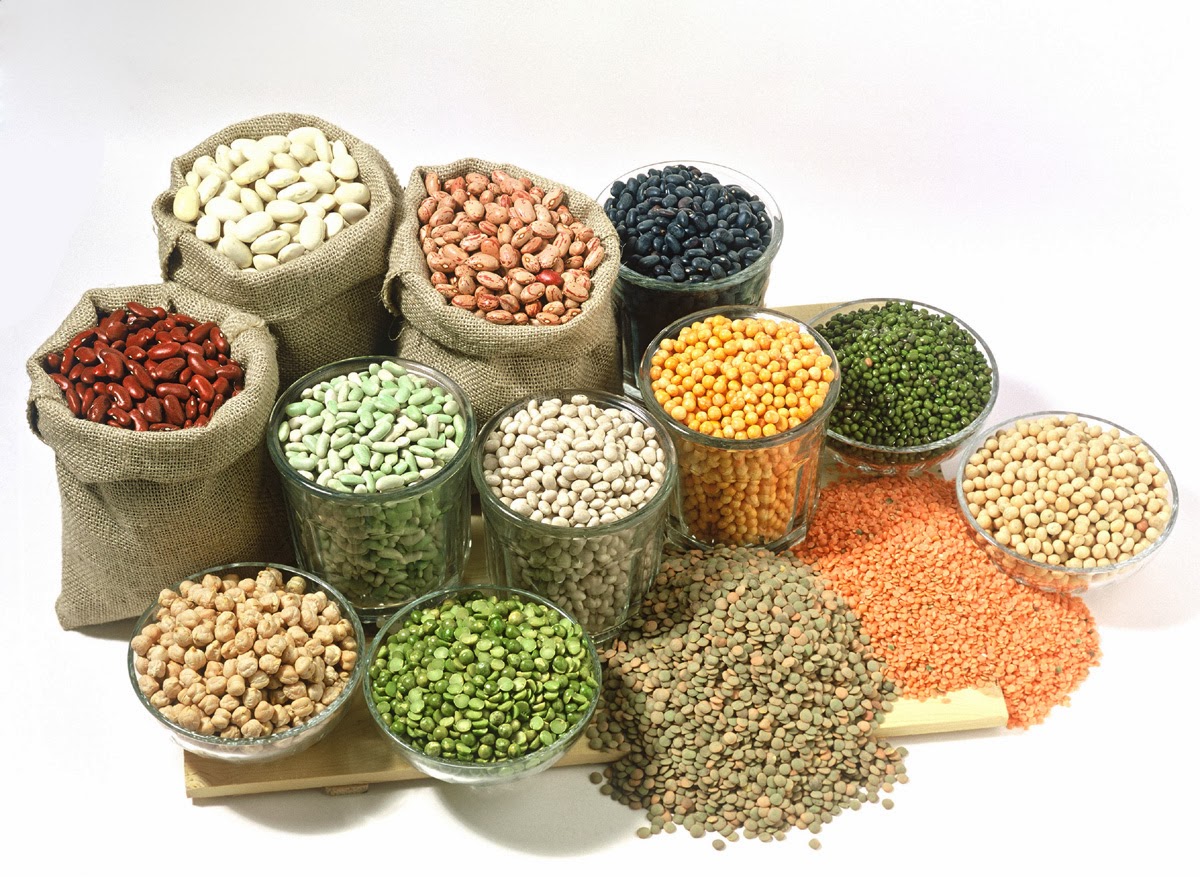ALSO ABOUT FOODS ON THE TRENT: 20 Superfoods You Should Eat Every Day [LOOK]
Quinoa
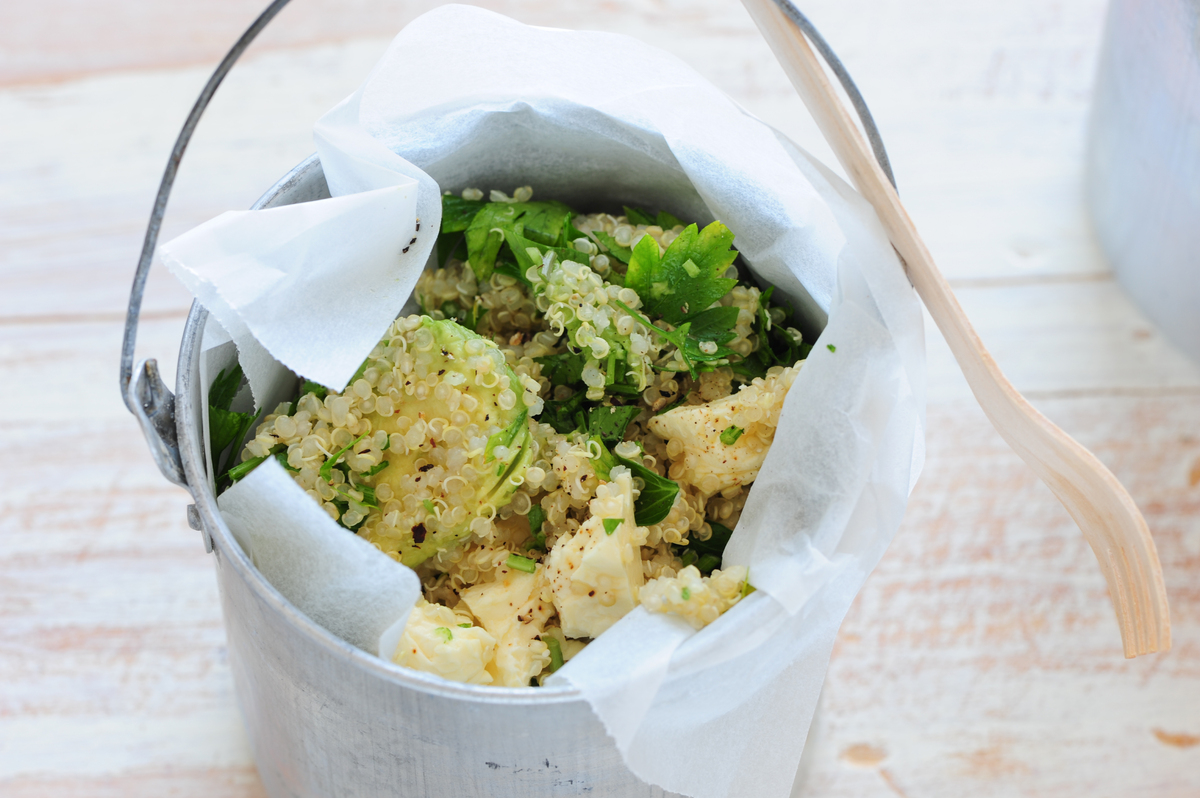
Muscle Enhancer
“Move over white rice and make room for this South American grain,” says Lynn Grieger, an online health, food, and fitness coach (lynngrieger.com). Although technically a seed, this protein source contains a complete set of branch chain and essential amino acids, making it a tissue- and muscle-building powerhouse. “Its nutritional composition is better than most grains, so try to have one cup a week, alternating it with other healthy starches such as sweet potatoes and brown rice,” says Bowerman. “It’s a great breakfast cereal, especially when flavored with cinnamon.”
Grass-Fed Beef
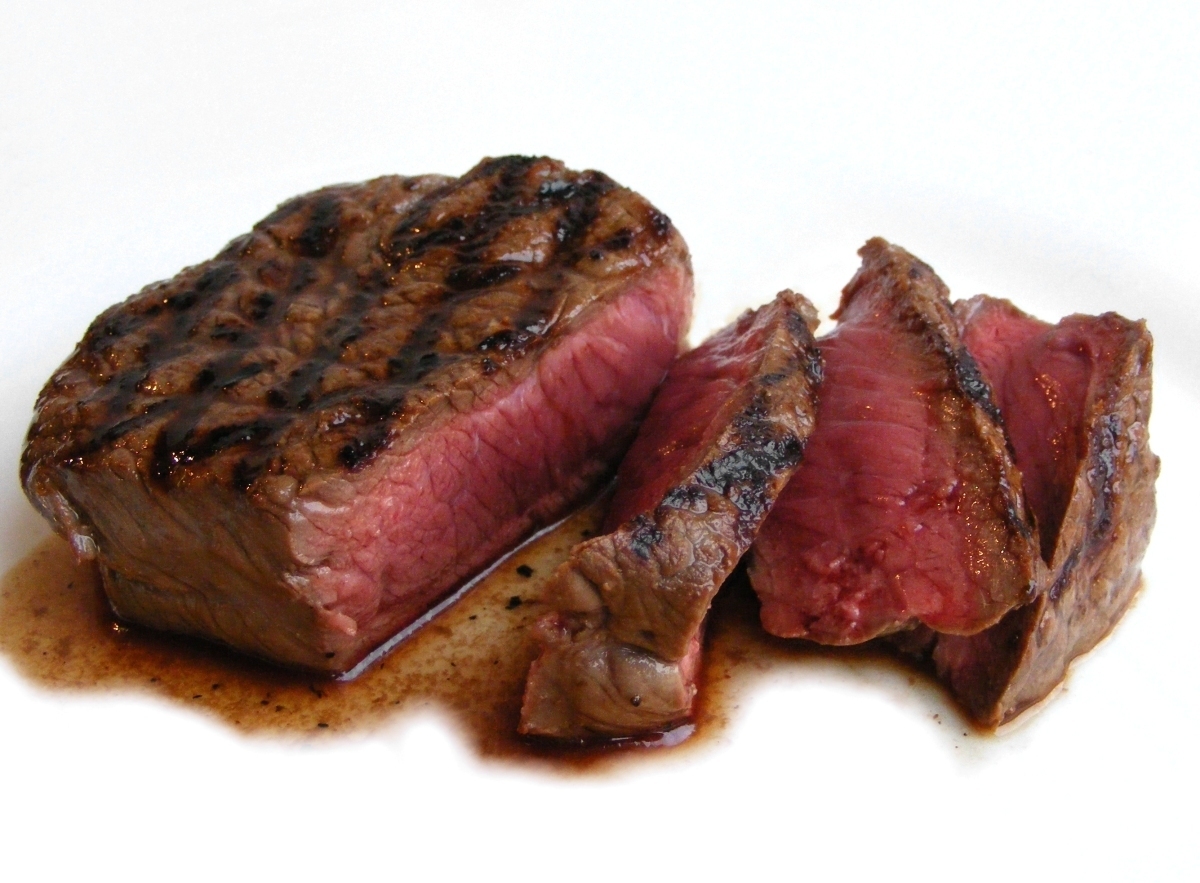
Muscle Enhancer
Nothing beats pure protein when it comes to building muscle. The problem with most store-bought beef, however, is that the majority of cattle are grain fed, which gives their meat a relatively high ratio of omega-6 to omega-3 fatty acids. That, in turn, contributes to inflammation. The fatty acids in grass-fed beef, on the other hand, are skewed toward the omega-3 variety. Such beef also contains conjugated linoleic acid (CLA), which studies have shown help reduce belly fat and build lean muscle. “Shoot for two six- to eight-ounce lean cuts [e.g., flank or tenderloin] a week,” says Bowerman. “But don’t grill it. Charring is carcinogenic. Roast or pan sear.”
Nonfat Ricotta

Muscle Enhancer
“Men don’t eat the 16 ounces of protein they need every day, and this is a great substitute if they don’t like cottage cheese,” says Dr. Dansinger. Made from whey, this soft cheese is rich in amino acids, which speed muscle recovery after a workout. Flavor it with jam and spread it on a cracker, or put half a cup in a blender with skim milk and fruit for a postworkout cheesecake-flavored smoothie. It also tastes great on its own with olive oil and fleur de sel.
Tofu
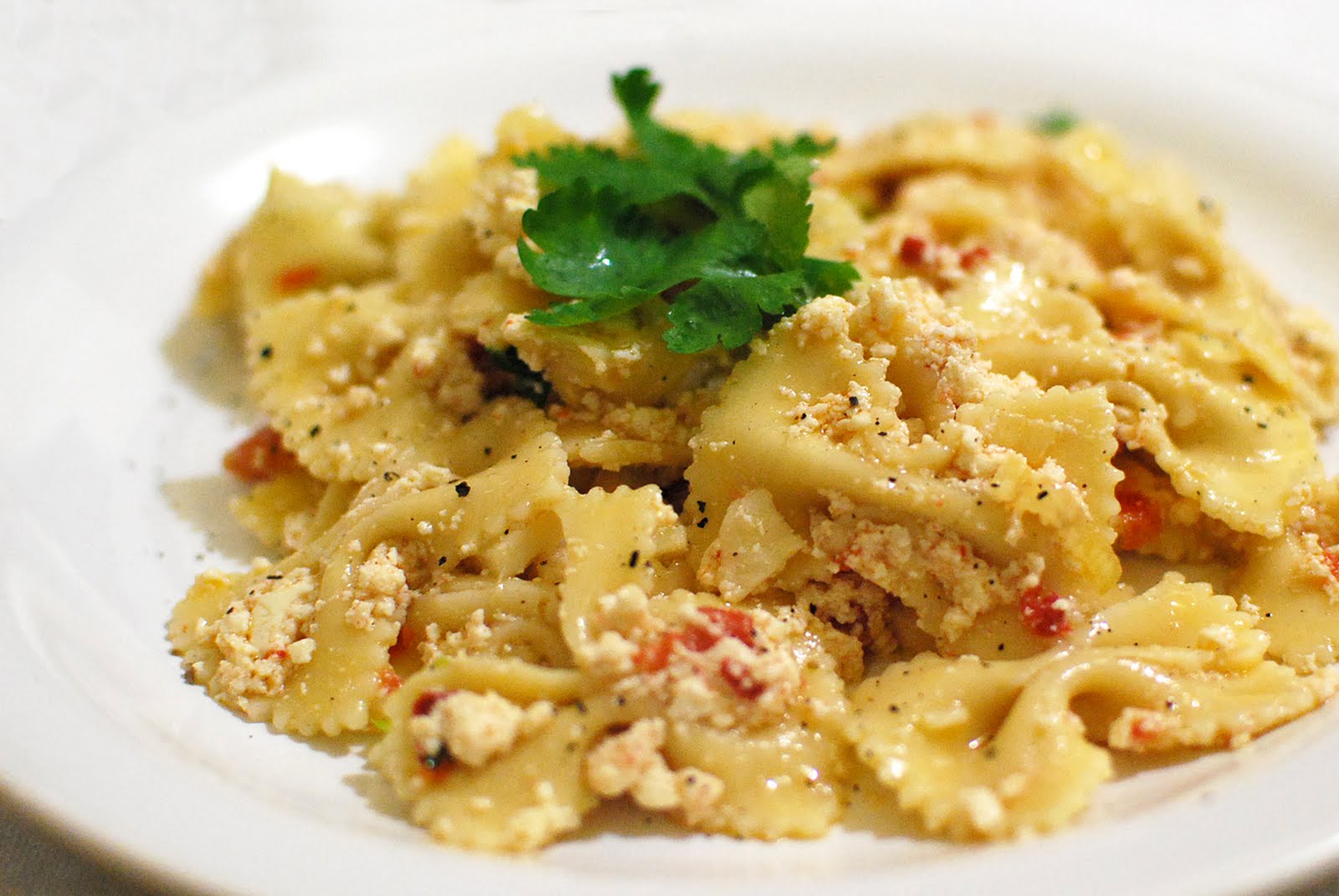
Muscle Enhancer
Made from soybeans, tofu was once the bastion of vegetarians. But the plant protein in these pressed bean curds—available firm or soft, and delicious when marinated and tossed into salads—provides a full complement of amino acids, as well as isoflavone, which helps muscles recover from exercise. “A serving is four ounces,” says Andrews. “Eat one to three servings a week.”
Lentils
Muscle Enhancer
These flat beans don’t just make delicious soups. “They’re packed with protein, not to mention B vitamins and zinc, which are important for good sexual health,” says Andrews. Eat half a cup twice a week, cooking them for about 30 minutes (until they start to break apart) to create a satisfying mashed-potato-like texture. “A single serving will help you cover all of your nutritional bases,” adds Andrews.
Eggs
Muscle Enhancer
The old school of thought was that you should eat egg whites rather than whole eggs in order to get the protein without the added cholesterol. But recent studies have proved that the fat in the yolk is important to keep you satiated, and the benefits of the minerals and nutrients in the yolk outweigh its cholesterol effect. Eggs deliver the most nutrients for the fewest calories and provide the most satiety per calorie consumed. Plus, eggs contain choline, a B vitamin that studies have linked to improved brain function. “Eat three or four servings a week for breakfast or as a protein alternative at other meals,” says Bowerman.
Greek-Style Yogurt
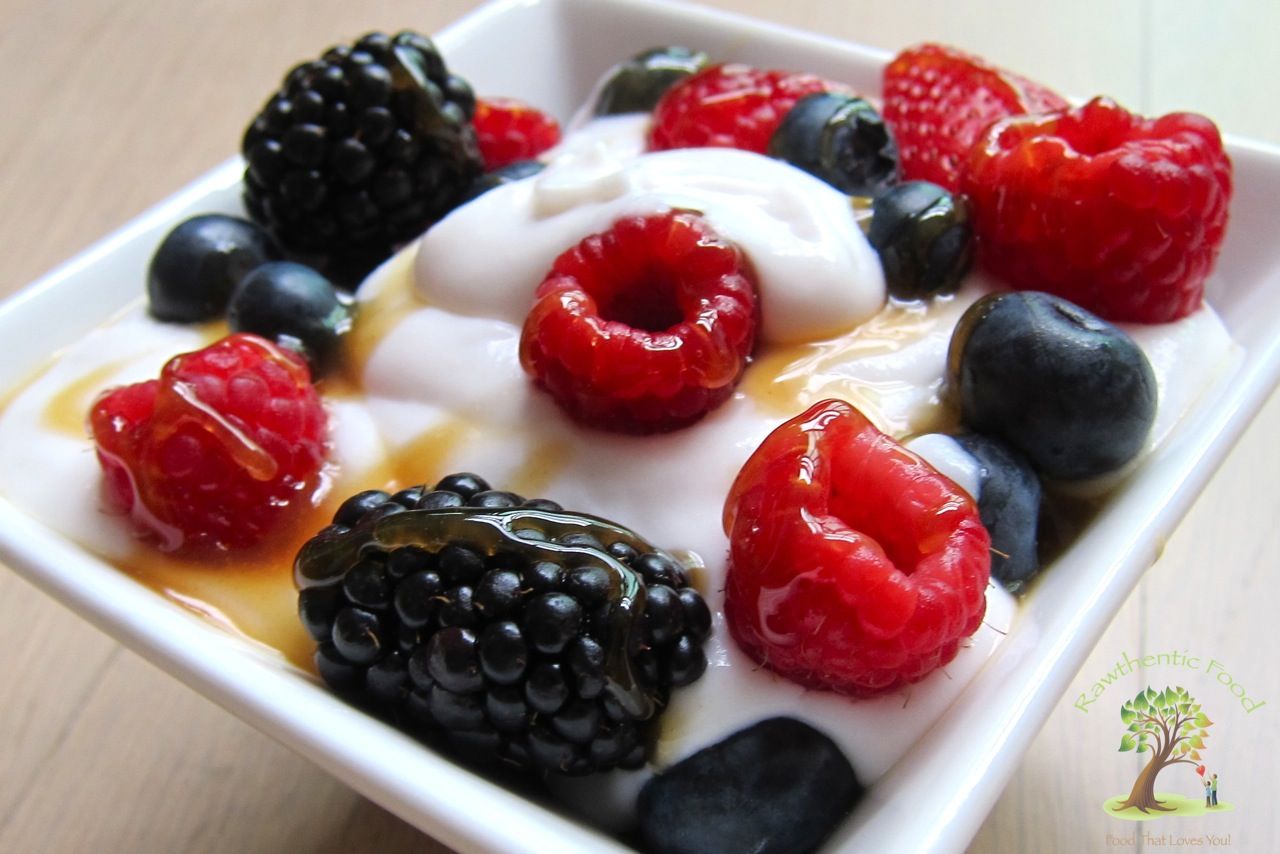
Muscle Enhancer
All yogurt provides muscle-friendly protein as well as probiotics that keep your digestive tract healthy and your immune system in top form. “But the Greek variety is thicker than regular yogurt, so it has more protein, and it’s sweeter and heartier,” says Clark. “It’s man-style yogurt, with a velvety texture.” Mix eight ounces with fruit for breakfast, or spread it on flatbread and top with chicken and onions.
Quorn
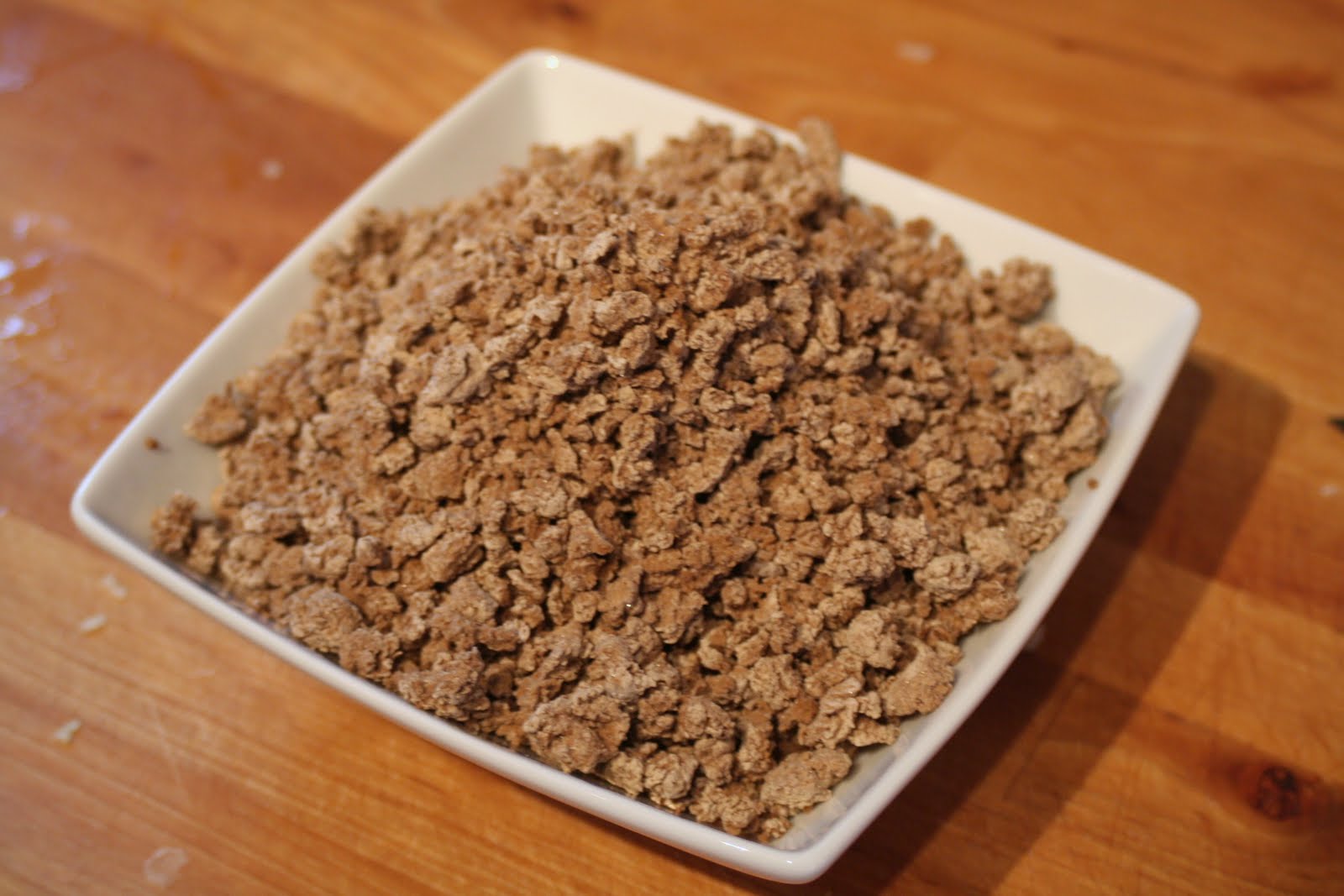
Muscle Enhancer
A little-known protein source, Quorn is a great substitute if you’re looking to add variety to your diet with nonanimal protein. “It’s composed of a compound similar to mushroom protein: mycoprotein,” says Dr. Dansinger. “As such, it is top-quality protein without unhealthy animal fat. If you’re a vegetarian, this should be at the top of your list.” Quorn is also lower in calories than chicken and turkey, and you can buy it cubed or ground, making it an ideal substitute for ground beef. Find it at your local specialty market, and shoot for six ounces a day if you’re tired of soy.
Chocolate Milk
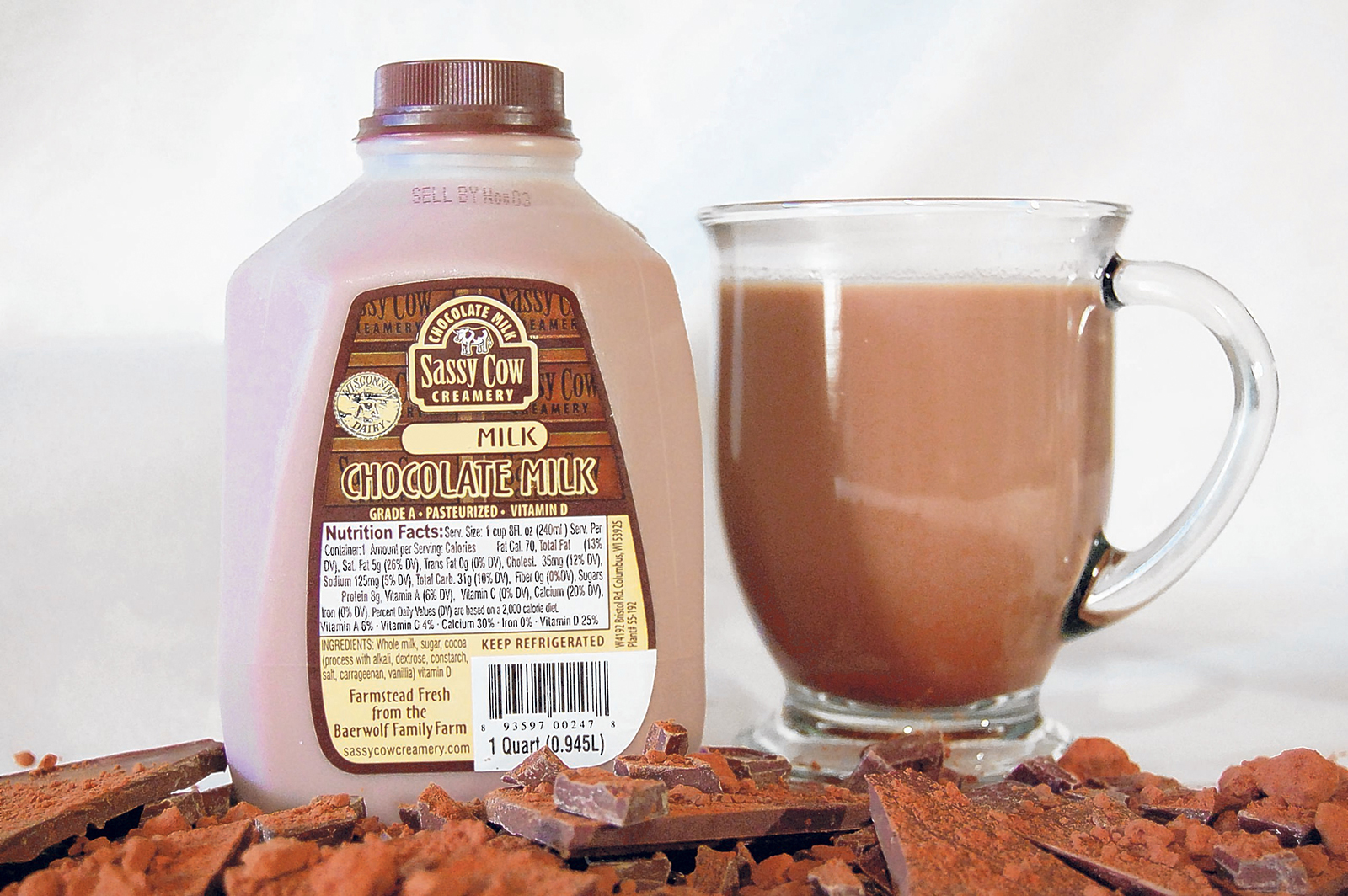
Muscle Enhancer
Believe it or not, the sweet brown milk you loved as a kid is actually good for you. “Chocolate milk is one of my favorite postexercise recovery drinks because it contains whey protein, which helps muscles recover and repair,” says Grieger. “Plus, it tastes great while boosting calcium and vitamin D, which research shows is important for preserving cartilage and joint health.” Indeed, a 2006 study in the International Journal of Sport Nutrition and Exercise Metabolism found that it is as good as or better than Gatorade for replacing glucose in fatigued muscles. “Drinking one large glass after you work out will boost muscle growth and speed recovery,” says Grieger.
Wild Salmon
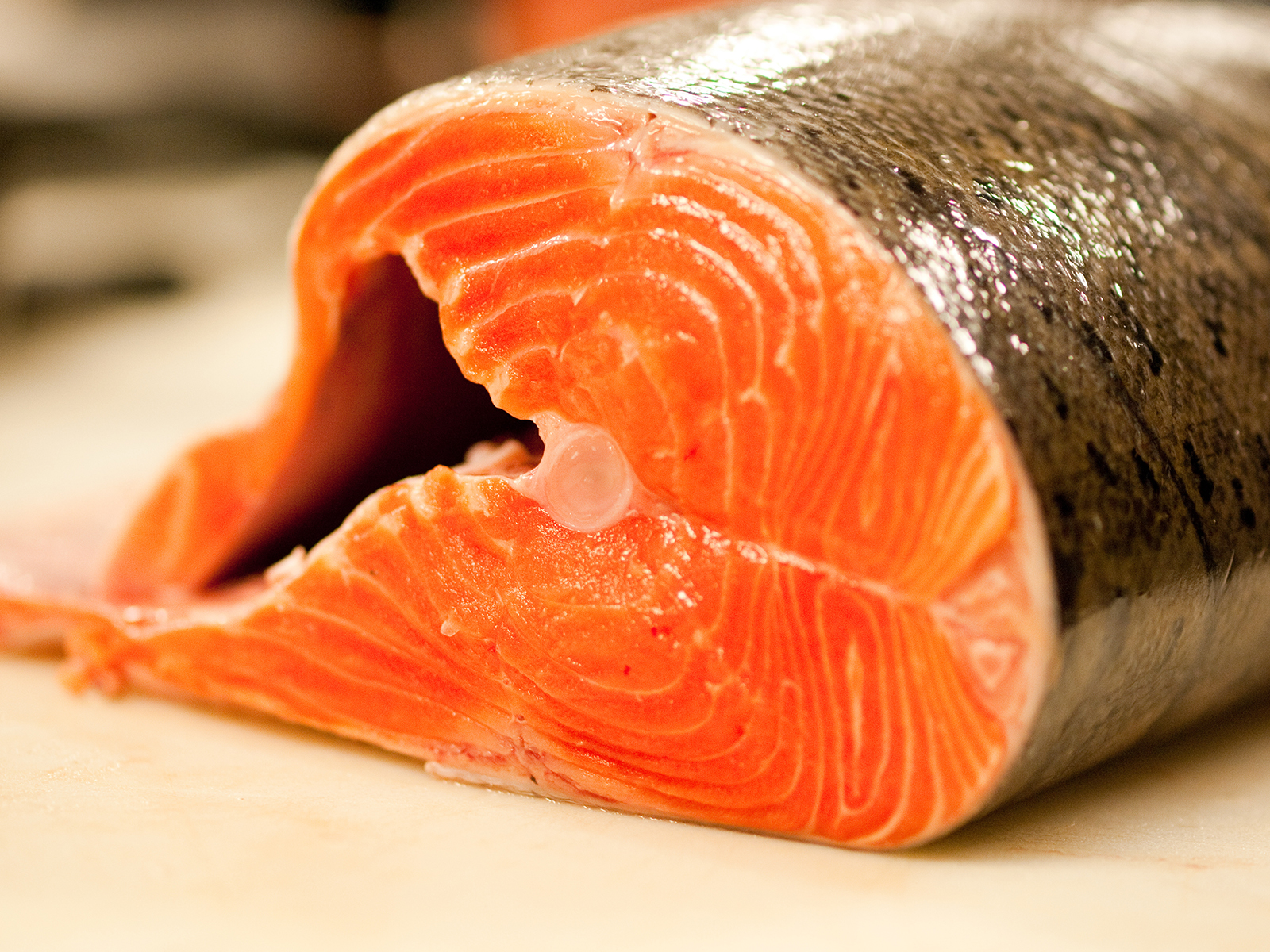
Muscle Enhancer
High in inflammation-fighting omega-3s, wild red or sockeye salmon (canned or fillet) is an excellent low-mercury alternative to canned solid tuna, which can be high in the toxic metal. “Defrosting a frozen fillet for dinner makes a great substitute for steak,” says Dr. Dansinger, “or pan sear a fresh fillet with olive oil and kosher salt.” Recent NFL probes suggest that many teams—including the Bengals and the Giants—serve it to players to lock in strength gains and fuel performance. But while pro athletes might eat 16 ounces at once, you’re better off with three or four six-ounce servings a week.
Pineapples
Inflammation Fighter
With its potent mix of vitamins, antioxidants, and enzymes (in particular, bromelain), pineapple is an all-body anti-inflammation cocktail. It also protects against colon cancer, arthritis, and macular degeneration, says Grieger. If only the “colada” part of the equation were as healthy. Have half a cup, two or three times a week.
Olive Oil

www.hairlossrevolution.com
Inflammation Fighter
The extra-virgin variety is rich in beneficial monounsaturated fats. “Its fatty acids and polyphenols reduce inflammation in cells and joints,” says Grieger. A study in the journal Nature found that it’s as effective as Advil at reducing inflammation. “Have two tablespoons a day,” says Bowerman.
Bing Cherries
Inflammation Fighter
Research by the U.S. Department of Agriculture shows that eating up to 45 bing cherries a day can lower the risk of tendinitis, bursitis, arthritis, and gout, says Bowerman. Studies also suggest that they reduce the risk of chronic diseases and metabolic syndrome. “They taste great on yogurt or cereal,” says Bowerman.
Dark Chocolate
Inflammation Fighter
“The flavonoids in dark chocolate inhibit platelet clumping, which reduces the risk for stroke, heart attack, and embolisms,” says Bowerman. “It’s high in calories, so limit yourself each day to a half bar with at least 70 percent cacao.”
Turmeric
Inflammation Fighter
Curcumin, the polyphenol that gives the spice its tang and yellow hue, has antitumor, antiarthritis, and anti-inflammatory properties. “Studies show that it also inhibits the growth of plaques associated with Alzheimer’s,” says Bowerman. Sprinkle half a tablespoon on fish or chicken to add color and flavor.
Wild Fatty Fish
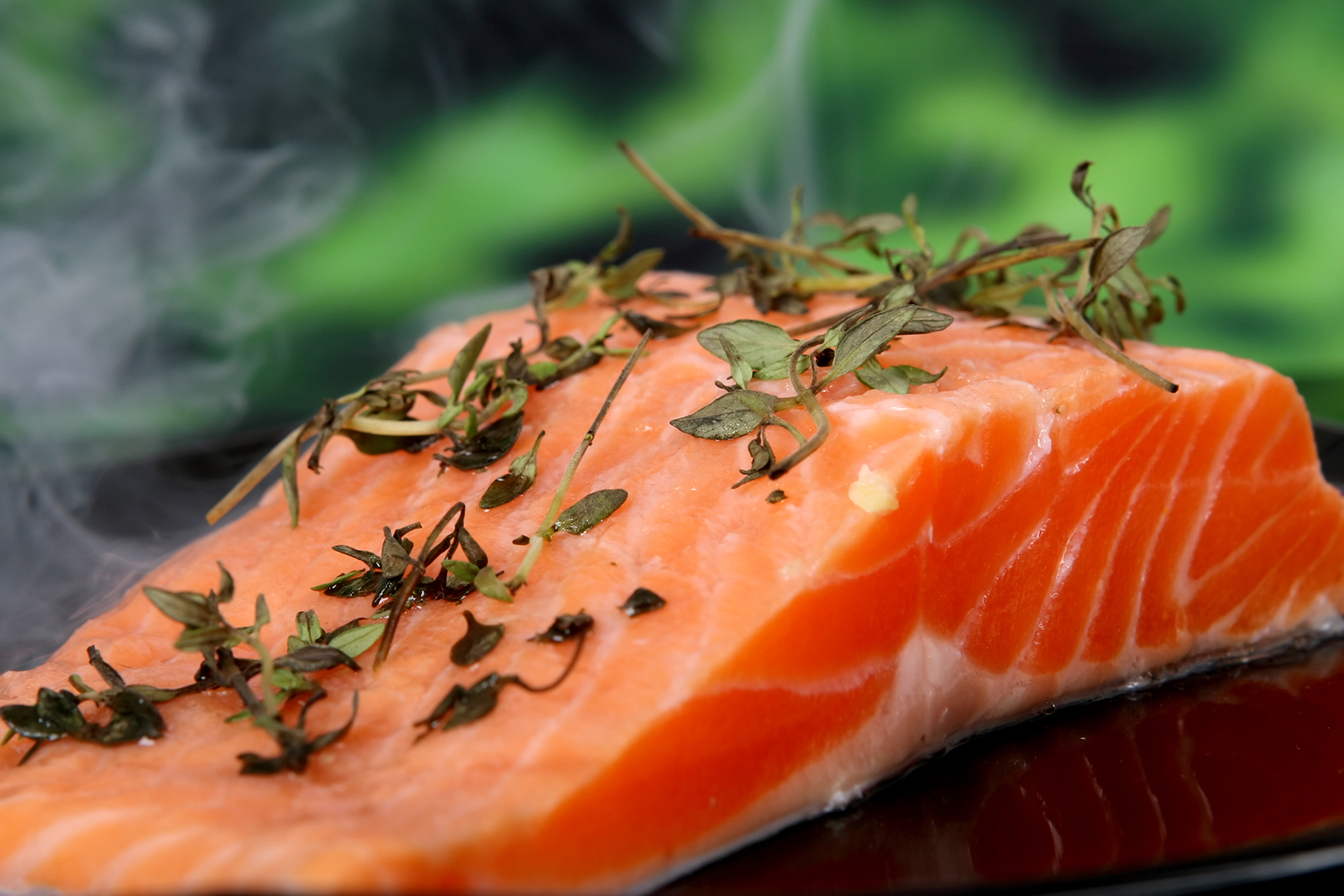
Inflammation Fighter
Mackerel and other wild fatty fish contain a hearty dose of omega-3 fatty acids, which protect the heart, cells, joints, and brain. “Stay away from farmed varieties,” says Bowerman. “They contain undesirable levels of omega-6 fatty acids.” The DHA and EPA in the oil of these fish also reduce the risk of colorectal cancer. Shoot for four six-ounce servings a week. “I like mine grilled with olive oil, lemon, and sea salt,” notes Bowerman.
Flaxseed
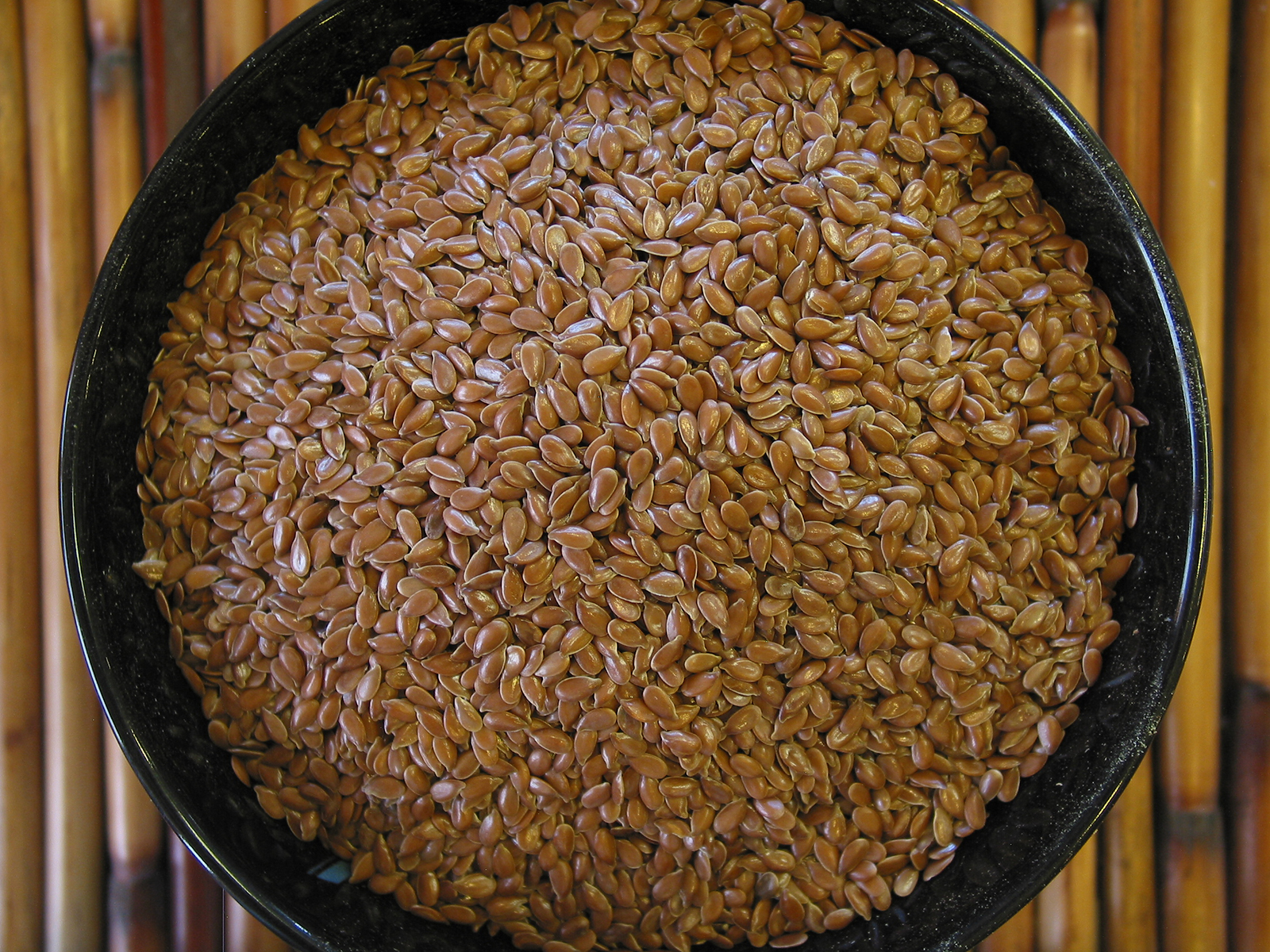
Inflammation Fighter
Rich in protein and fiber, these seeds taste great on cereal and yogurt. Their oil also comes in pill or liquid form, and is high in alpha linolenic omega-3s, which puts them next to wild fish on the list of heart-healthy fare. “They’re a great brain food too,” says Andrews. Shoot for a tablespoon of ground flaxseed a day.
Almonds
Inflammation Fighter
These energy-rich snacks lower bad cholesterol, thanks to plant sterols, and benefit diabetics by lowering blood sugar. They’re also rich in amino acids, which bolster testosterone levels and muscle growth. “Eat a third of a cup a day with the skins on. The skin is full of antioxidants,” says Bowerman.
Apples
Inflammation Fighter
An apple a day reduces swelling of all kinds, thanks to quercetin, a flavonoid also found in the skin of red onions. Quercetin reduces the risk of allergies, heart attack, Alzheimer’s, Parkinson’s, and prostate and lung cancers. If given the choice, opt for Red Delicious. They contain the most inflammation-fighting antioxidants.
Whole Grains
Inflammation Fighter
Whole grains—oatmeal, wheat flour, barley, brown rice—are high in fiber, which calms inflamed tissues while keeping the heart strong and the colon healthy. Not all breads and crackers advertised as “whole grain” are the real deal. “Read the label,” says Grieger. “Those that aren’t whole grain can be high in fat, which increases inflammation.” Try for two slices of whole-grain bread a day.
This article is Adam Baer, Michael Roussell, PH.D. and Adina Steiman and was first published on Men’s Health.

